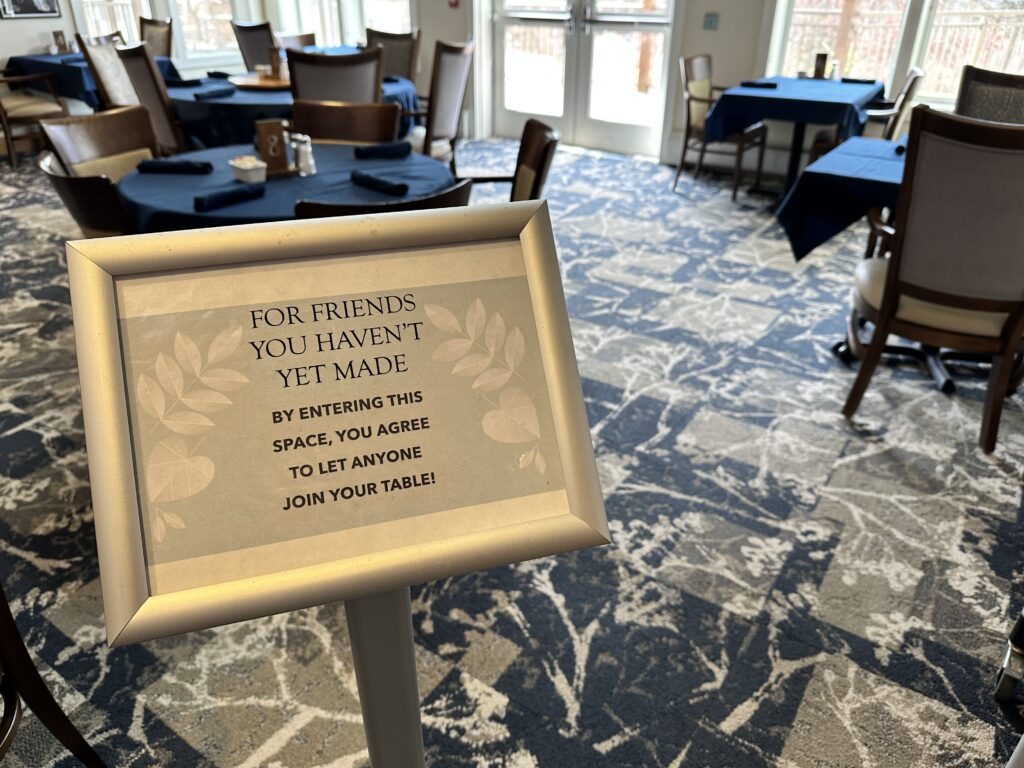
There are many ways for residents to take part in life at Wake Robin. There are dozens of activity groups and committees, options to serve on boards – the Wake Robin Resident Association and Wake Robin corporate – or sometimes serve as advisors for various aspects of resident life.
The Dining Advisory Group (DAG) provides input on the food and dining experience. They are the conduit for information between dining management and residents. For example, Kate Hays, Director of Dining, will send out satisfaction surveys and communicate the results to the DAG. Two issues now up for discussion are the reservation system and vegetarian options. The Group will talk through those issues, perhaps come up with action steps, and report to the population at large.
One recent innovation is the Open Seating effort on Thursday nights. Rather than make the usual online reservation, people show up this night ready to sit anywhere in the Café (the fireplace room) and have dinner with someone new. DAG member Geri A. said, “it’s hard to ask if you can join someone, especially if you are a single.” She and fellow member Bob D. saw a way to change the habit. “At first, we called it The Friend You Haven’t Met, but soon realized that many people actually had met other people, even if they didn’t know them well. Now we are taking a more playful approach and calling it Potluck Seating. The goal is to make it easy to mingle in ways you might not otherwise.”
As Geri and Bob have launched the idea, they would like to take a more backseat approach as individuals become more self-sufficient, seating themselves without oversight. It seems to be a popular idea and we have already seen that this ever-changing group of diners lingers longer on Thursday nights.
Food is an important part of life for all of us. Bob sums it up: “Joining others for events and dining is all a part of the Wake Robin Community, and it’s what sets us out from the rest. We can’t wait to meet you!”

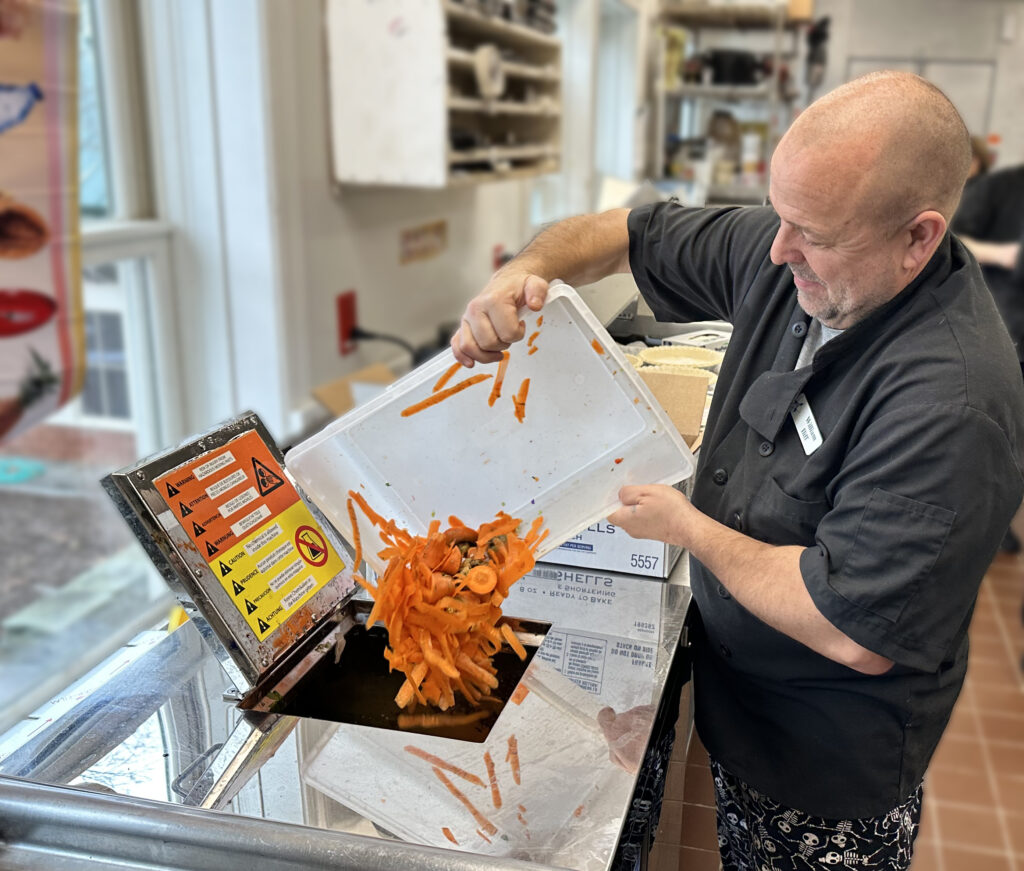
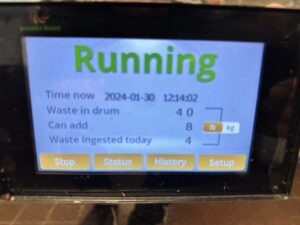
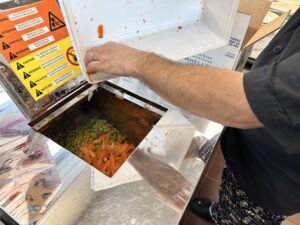
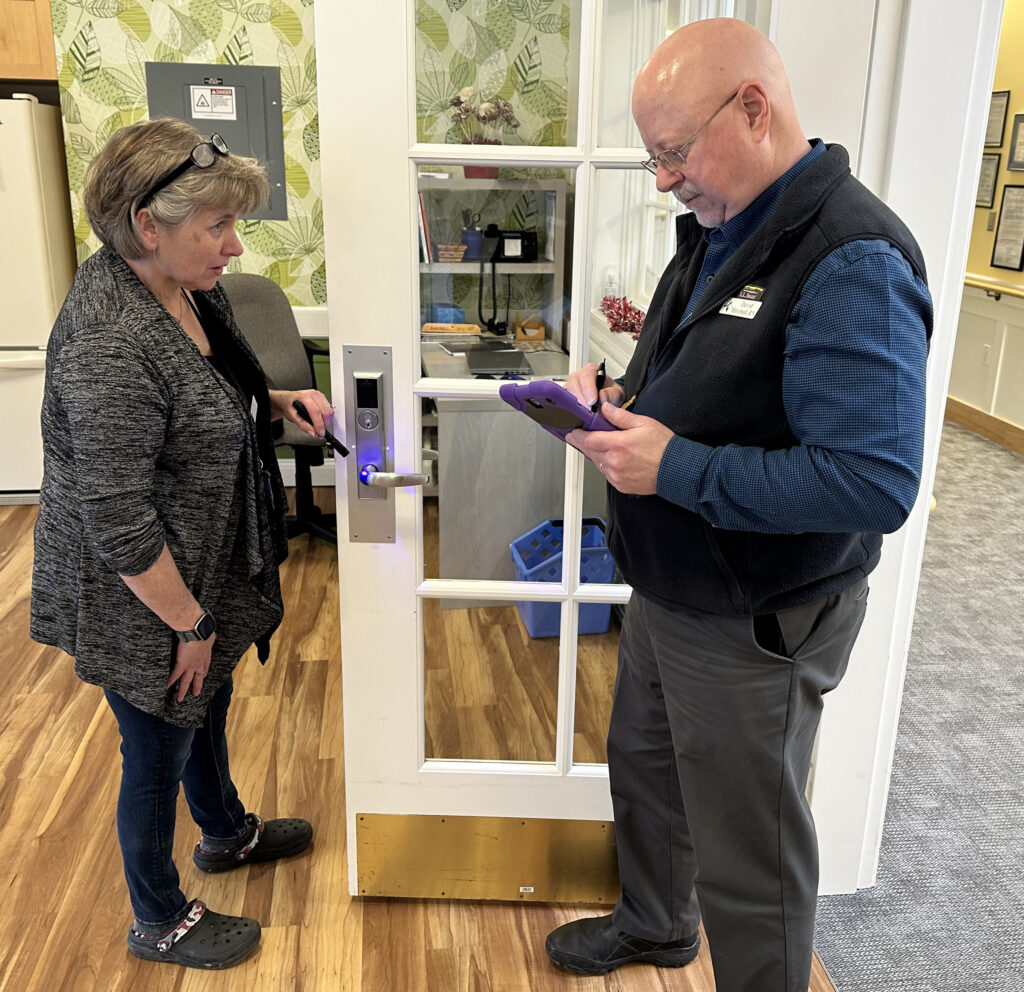
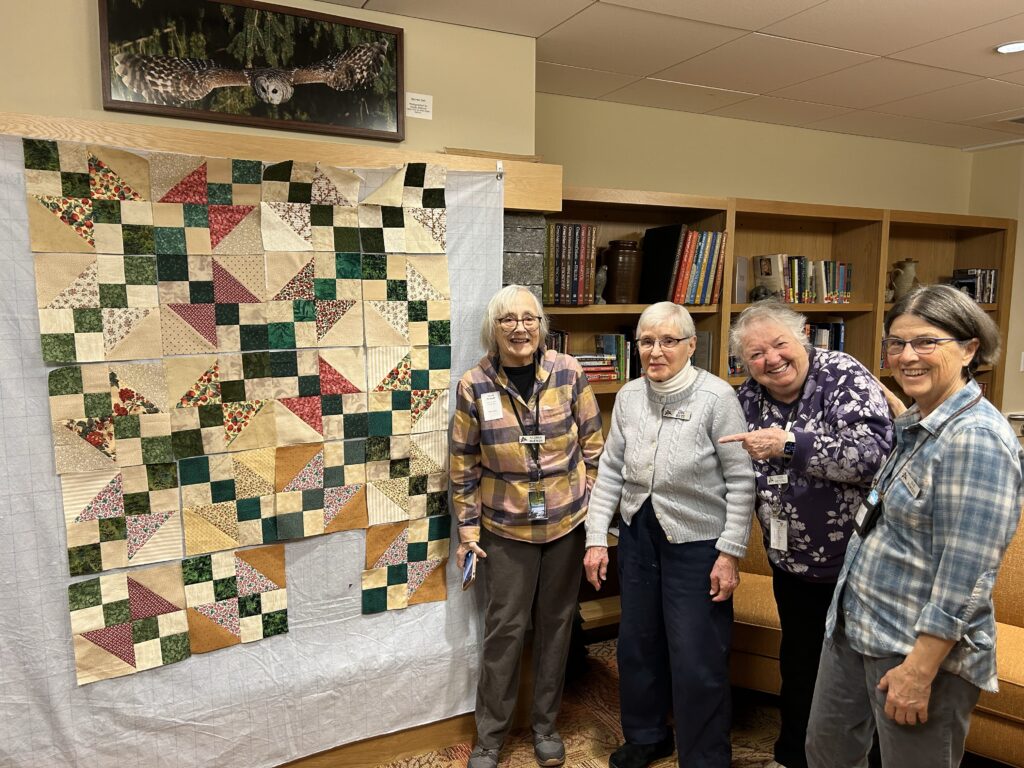
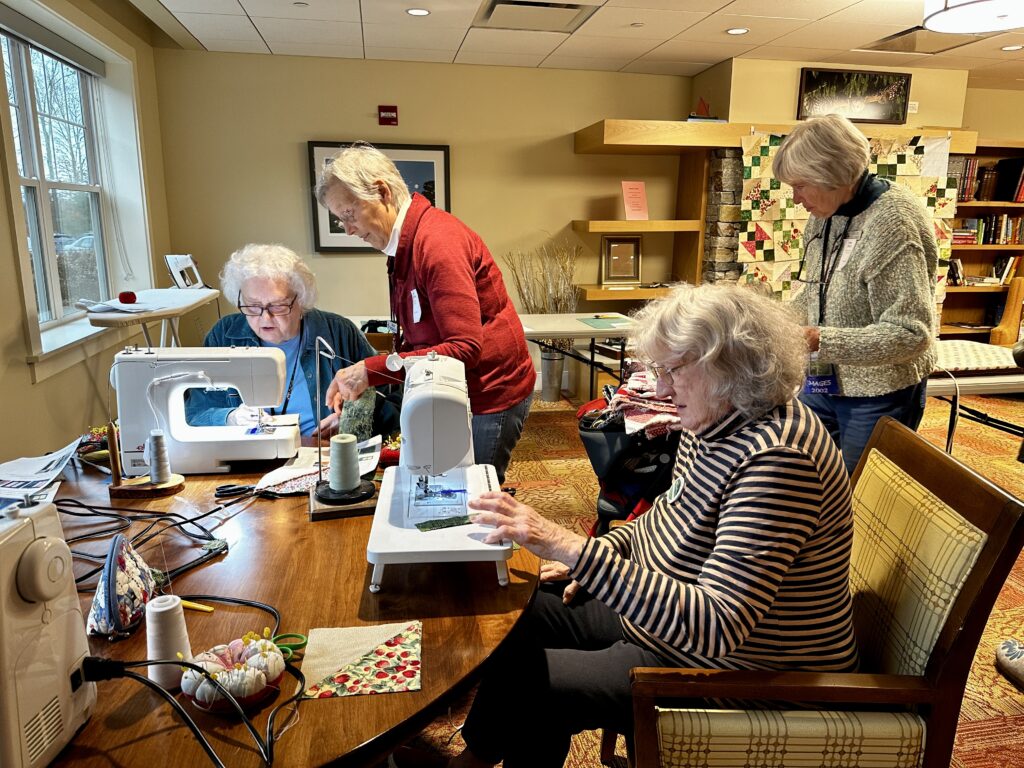
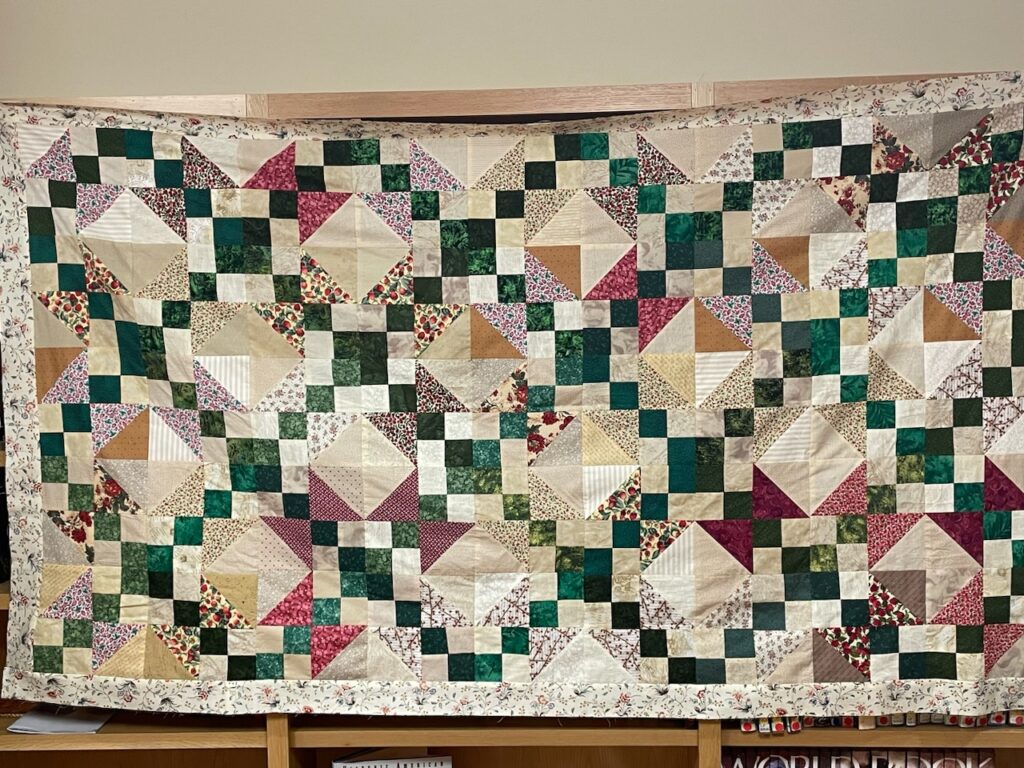

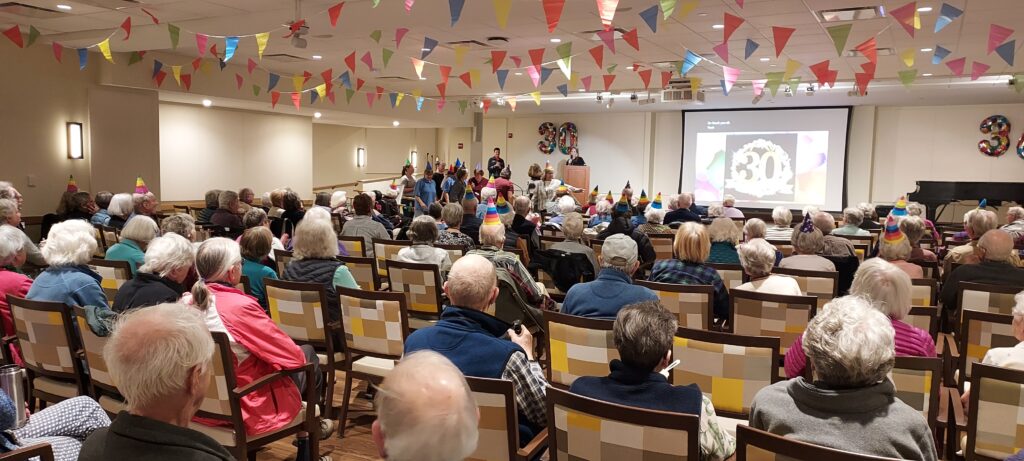

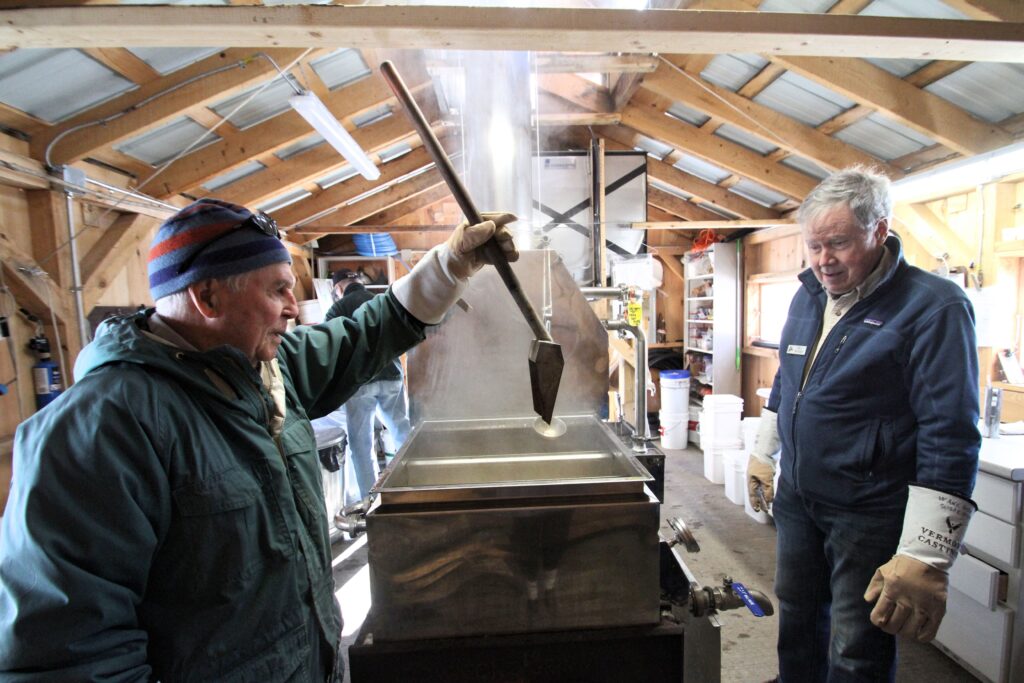
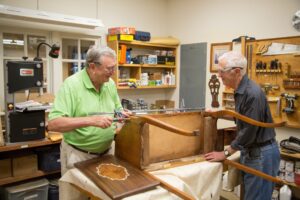 Residents of Wake Robin know that the Woodshop has a work order system. They will do repairs to furniture and assorted odd jobs. How odd? We asked Jim W. to tell us about some of the projects brought to them. Yes, they get the usual wobbly chair legs or a refinishing request but then it goes well beyond wood. “We’ve fixed a toaster, a pedometer, a bicycle, clocks, porcelain, and assembled plastic shelving. We cut down the handle of a toilet brush to make it the right size…actually that was wood,” Jim told us.
Residents of Wake Robin know that the Woodshop has a work order system. They will do repairs to furniture and assorted odd jobs. How odd? We asked Jim W. to tell us about some of the projects brought to them. Yes, they get the usual wobbly chair legs or a refinishing request but then it goes well beyond wood. “We’ve fixed a toaster, a pedometer, a bicycle, clocks, porcelain, and assembled plastic shelving. We cut down the handle of a toilet brush to make it the right size…actually that was wood,” Jim told us.
